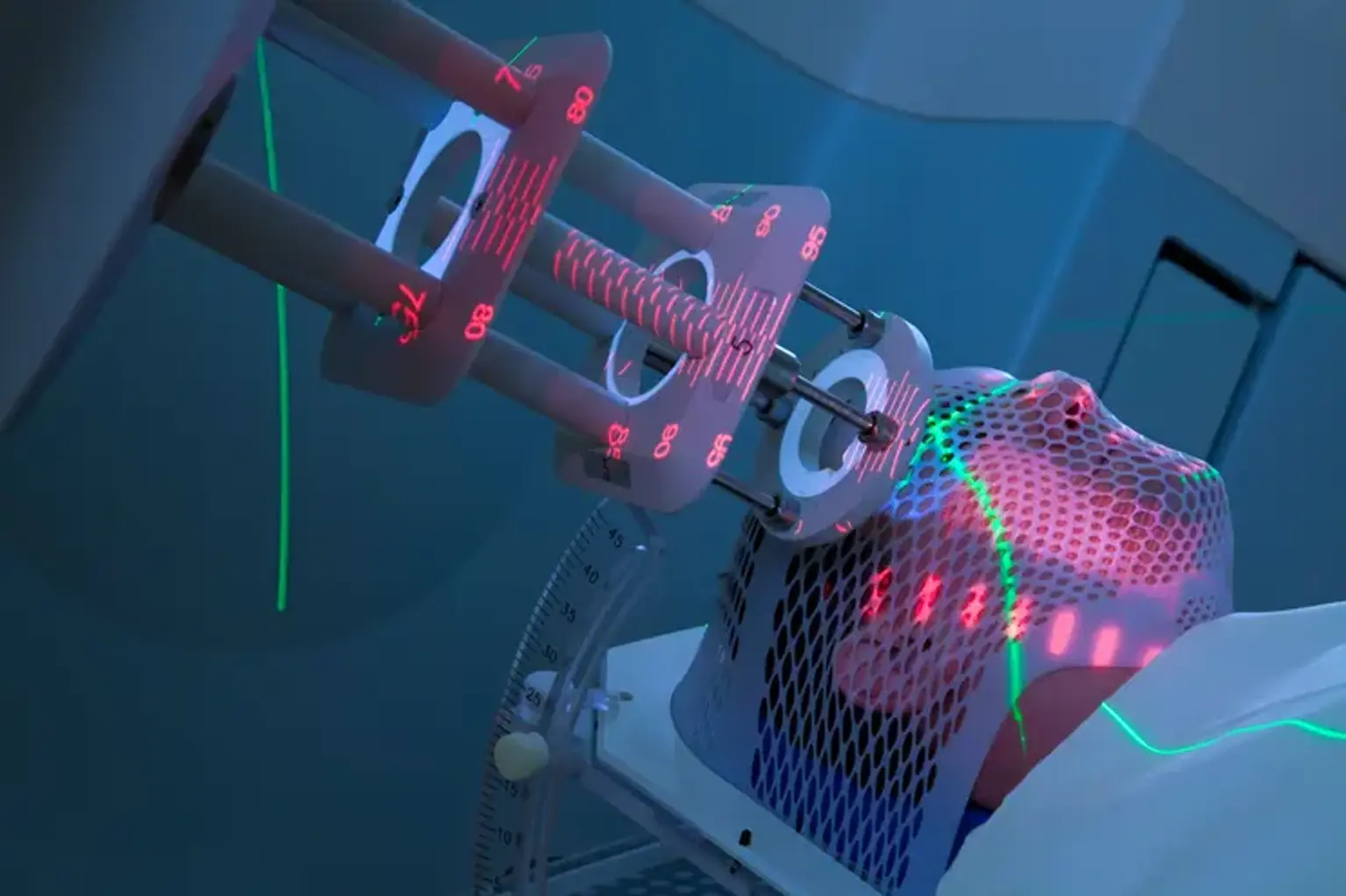Intensity-modulated Radiation Therapy (IMRT)
Overview
Cancer is caused by uncontrolled cell growth. As the number of cells increases, a mass or tumor forms. Cancer cells, which comprise the tumor, multiply rapidly. When normal, healthy cells come into contact with other cells, they cease reproducing and developing. Cancer cells, on the other hand, do not and continue to develop. Radiation treatment causes DNA damage in cells by using high-energy x-rays. This either destroys the cancer cells or prevents them from replicating. External radiation and internal radiation are the two basic forms of radiation treatment.
